Have you ever wondered why saffron is called "red gold"? It's not because it sparkles — though honestly, when those delicate crimson threads hit your pan, they might just make your dish shine. In this article, we're diving deep into everything saffron: how to buy it right, how to use it like a pro, and why it costs more than your morning latte.
- What Exactly Is Saffron?
- Why Is Saffron So Expensive?
- The Ultimate Saffron Buying Guide
- How to Use Saffron Like a Chef
- Saffron in Your Kitchen: Recipes You Can Try
- How to Store Saffron for Maximum Flavor
- Common Saffron Myths Debunked
- Frequently Asked Questions About Saffron
- Final Thoughts on Loving Saffron
What Exactly Is Saffron?
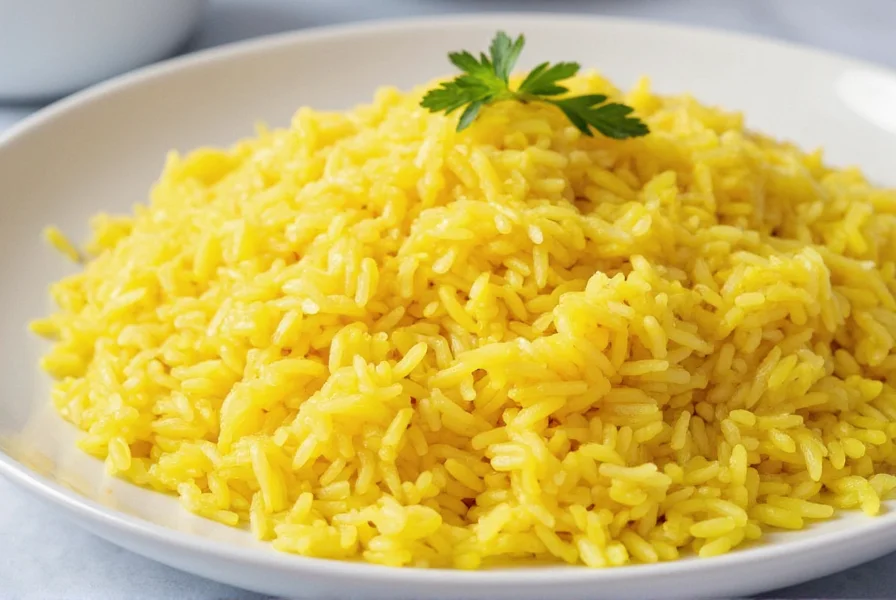
Saffron comes from the Crocus sativus flower, also known as the saffron crocus. Each bloom produces only three tiny stigmas, which are carefully hand-harvested and dried to create the spice we know and love. Native to Southwest Asia, saffron has been used for thousands of years not only in cooking but also in medicine, perfumery, and even as a dye.
The Science Behind the Spice
What gives saffron its unique flavor and color? The secret lies in its chemical compounds:
- Crocin: Responsible for the vibrant golden hue
- Picrocrocin: Delivers that signature bitter-sweet taste
- Safranal: The compound behind saffron's aromatic notes
| Compound | Function | Effect on Food |
|---|---|---|
| Crocin | Color pigment | Rich yellow-orange coloring |
| Picrocrocin | Flavor component | Bitter yet floral taste |
| Safranal | Aroma agent | Earthy, honey-like scent |
Why Is Saffron So Expensive?
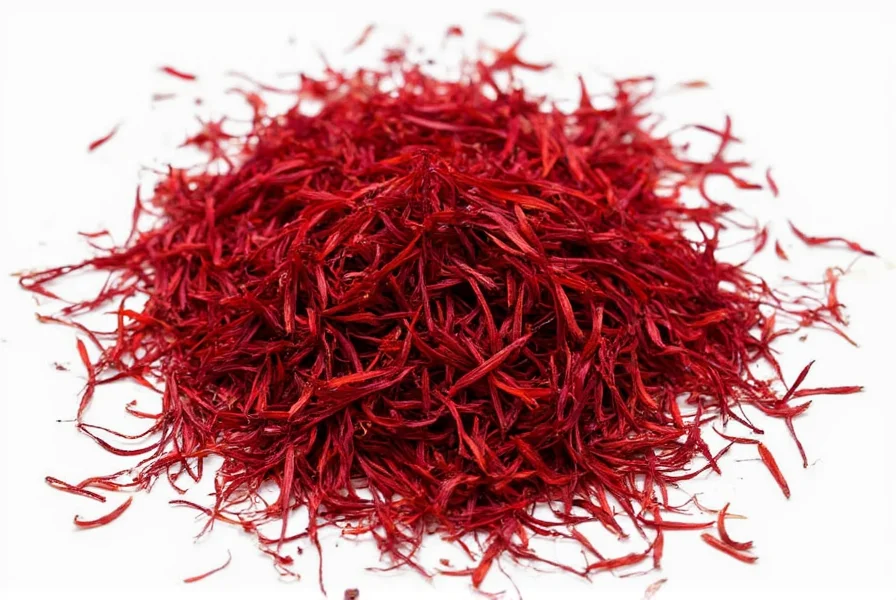
Let's get one thing straight: saffron doesn't earn the title of "world's most expensive spice" just for looks. The price tag comes with a serious labor cost.
- Handpicked Harvest: Each stigma must be harvested by hand — about 75,000 blossoms yield just 1 pound of saffron.
- Time-sensitive: Flowers bloom for only a short period each year, usually in autumn.
- Drying Process: After picking, the stigmas must be quickly dried to preserve quality — often over charcoal or low heat.
Global Saffron Production at a Glance
| Country | Production Share | Annual Output (tons) |
|---|---|---|
| Iran | ~90% | 400+ |
| India | ~5% | 8–10 |
| Greece | ~1% | 6–8 |
| Spain | ~1% | 4–6 |
The Ultimate Saffron Buying Guide

Buying good saffron can feel like trying to spot real gold from fool's gold. But don't worry — here's how to separate the real deal from the imposters.
What to Look For When Buying Saffron
- Color: Deep red threads with orange tips (the style). Avoid uniformly yellow threads — that's a sign of fake or low-quality saffron.
- Smell: A sweet, earthy aroma with hints of honey and hay. If it smells dusty or musty, move along.
- Origin: Top-tier regions include Iran (especially the Khorasan province), Kashmir, and Spain.
- Label Info: Should state "Crocus sativus" and ideally mention whether it's hand-picked or machine-harvested (always opt for hand-picked).
Grades of Saffron: What Do They Mean?
| Grade | Description | Best For |
|---|---|---|
| Superior (Style Only) | Entire red stigma, no yellow styles attached | Fine dining, luxury dishes |
| Mancha (Grade I) | Mainly red with small portion of yellow style | Cooking, paella, rice dishes |
| Rojo (Grade II) | Mixed red and yellow parts | Baking, desserts, teas |
| Bunch (Grade III) | Lots of yellow base with some red | Low-intensity recipes |
Spotting Fake Saffron
- Too cheap to be true? Probably isn't real.
- If it bleeds a lot of color immediately in water, it's likely dyed corn silk or beetroot.
- Real saffron takes time to release its color — steep for at least 20 minutes for best results.
How to Use Saffron Like a Chef
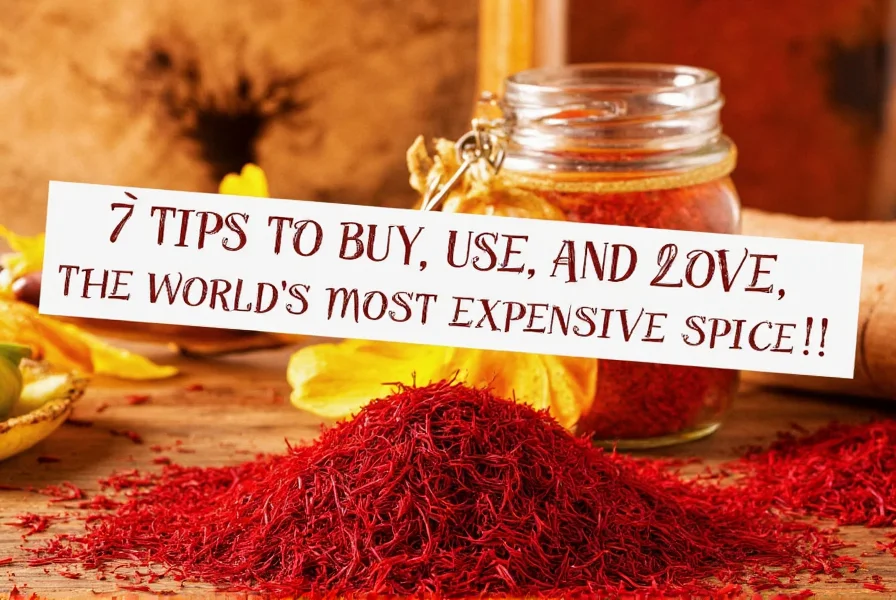
Using saffron isn't rocket science, but it does require a bit of finesse. Here's how to unlock its full potential in your kitchen:
Top 7 Ways to Use Saffron
- Steep Before Using: Crush saffron threads slightly and soak in warm water, broth, or milk for 15–20 minutes to extract maximum color and flavor.
- Don't Burn It: High heat can destroy saffron's volatile oils. Add near the end of cooking or early enough for infusion without scorching.
- Pair With Acids: Lemon juice or vinegar helps brighten the flavors in saffron-based dishes.
- Add to Rice: Classic in paella and biryani, saffron elevates simple rice into something magical.
- Use in Desserts: Infuse creams, custards, or syrups for unique saffron-laced sweets like Persian falooda or Italian pizzelle.
- Make Saffron Tea: Simply steep a few threads in hot water for a calming, fragrant beverage.
- Experiment Fearlessly: From soups to cocktails, saffron adds complexity wherever it goes.
Saffron in Your Kitchen: Recipes You Can Try
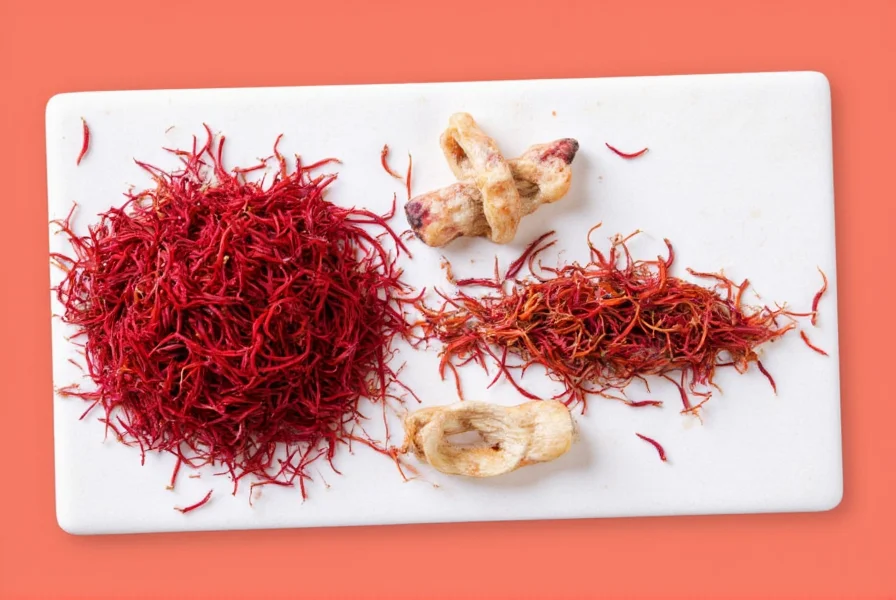
Saffron shines in many cuisines around the world. Here are a few iconic dishes you can try making at home:
- Spanish Paella – A staple of Valencia, featuring chicken, seafood, rabbit, and rice all kissed by saffron.
- Italian Risotto alla Milanese – Creamy, buttery risotto with a rich golden hue thanks to saffron.
- Persian Tahchin – A layered saffron rice cake with yogurt, saffron chicken, and barberries.
- French Bouillabaisse – Traditional fish stew enhanced by a subtle hint of saffron.
- Indian Saffron Kulfi – Rich frozen dessert infused with saffron and garnished with nuts and cardamom.
How to Store Saffron for Maximum Flavor
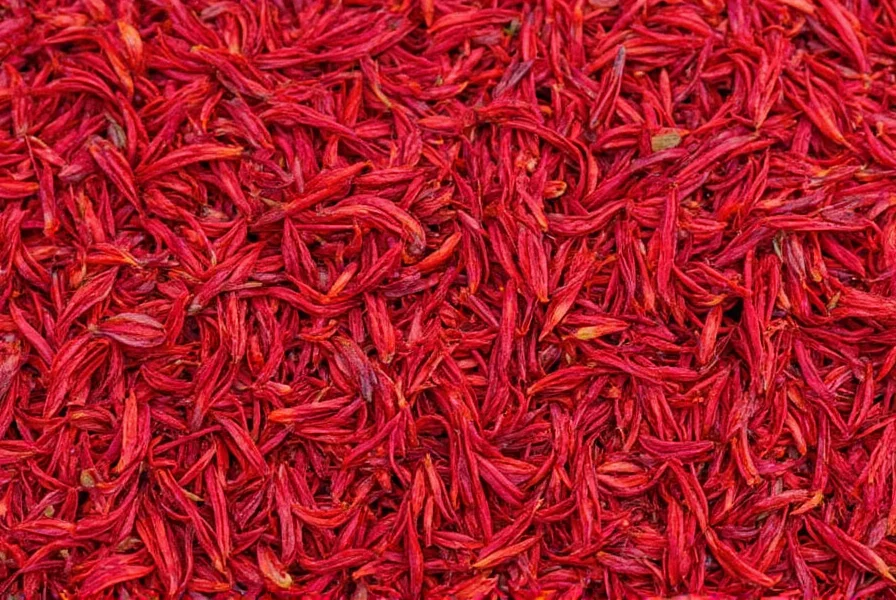
Saffron is a treasure — treat it like one. Proper storage ensures you get the most out of every thread.
- Airtight Container: Store saffron in a sealed glass jar or tin away from light and moisture.
- Cool, Dark Place: A kitchen cabinet or pantry works perfectly. Avoid refrigeration unless in extremely humid climates.
- Long Shelf Life: When stored correctly, saffron can last up to 2–3 years without losing potency.
Common Saffron Myths Debunked
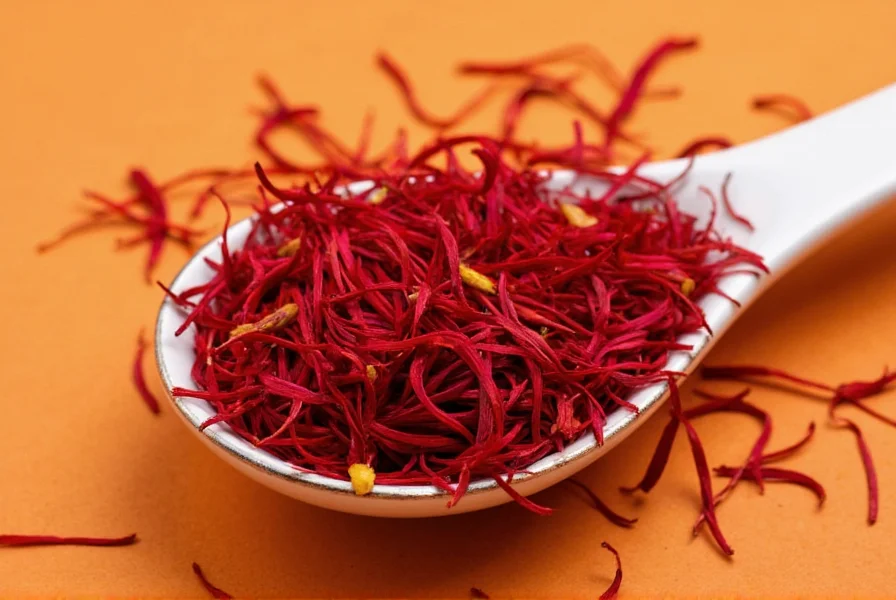
With such a long history, it's no surprise that myths surround this golden spice. Let's clear up some common misconceptions:
- Myth #1: Saffron is only for gourmet chefs.
Reality: Anyone can enjoy saffron — start small and experiment! - Myth #2: More saffron = better flavor.
Reality: Too much can overpower a dish. Start with a pinch and adjust. - Myth #3: Liquid saffron is better than threads.
Reality: While convenient, liquid versions often contain additives. Whole threads offer purer flavor.
Frequently Asked Questions About Saffron

What is saffron exactly?
Saffron is a precious spice made from the dried stigmas of the Crocus sativus flower. Each flower produces only three stigmas, which must be hand-picked, making it one of the most labor-intensive spices to produce. Despite common misspellings like "saforon," the correct spelling is "saffron" - a name derived from the Arabic word "za'faran."
Why is saffron so expensive?
Saffron is expensive because of the incredible amount of labor required to harvest it. It takes approximately 75,000 saffron flowers to produce just one pound of saffron spice. Each delicate stigma must be hand-picked during a short harvesting season (usually just a few weeks in autumn), then carefully dried. This intensive process explains why saffron costs more than its weight in gold.
How can I tell if saffron is real?
Real saffron has deep red threads with orange tips. It should have a sweet, earthy aroma with honey notes. When steeped in warm water, real saffron releases color gradually over 15-20 minutes (not instantly). Be wary of saffron that's suspiciously cheap or bleeds color immediately in water, as these are signs of fake saffron (often dyed corn silk or other substitutes).
How much saffron should I use in recipes?
A little saffron goes a long way! For most dishes serving 4-6 people, 15-20 threads (about 0.1 gram) is sufficient. Saffron is potent, and using too much can make dishes bitter. Always start with a small amount (a pinch) and adjust to taste. Remember, high-quality saffron should never taste overwhelmingly bitter when used in proper quantities.
What's the best way to store saffron?
Store saffron in an airtight container away from light, heat, and moisture. A dark cupboard or pantry is ideal. Properly stored, saffron can retain its flavor and color for 2-3 years. Avoid refrigeration unless you live in a very humid climate, as moisture can degrade the spice. Never store saffron in plastic bags, as the spice can absorb unwanted flavors.
Can I substitute saffron with something cheaper?
While turmeric or safflower can mimic saffron's color, they cannot replicate its unique flavor profile. Saffron has a distinctive bitter-sweet, floral, and honey-like taste that's irreplaceable. For authentic dishes like paella or risotto alla Milanese, there's no true substitute for real saffron. If budget is a concern, use saffron sparingly in special dishes rather than trying to replace it entirely.
Is saffron worth the high price?
For special occasions and dishes where saffron is a key ingredient, absolutely. A small amount can transform a simple dish into something extraordinary. Think of it as a culinary investment - a tiny vial can be used for dozens of meals over several years when stored properly. The quality of saffron makes dishes stand out in ways that cheaper substitutes simply cannot match.
Final Thoughts on Loving Saffron
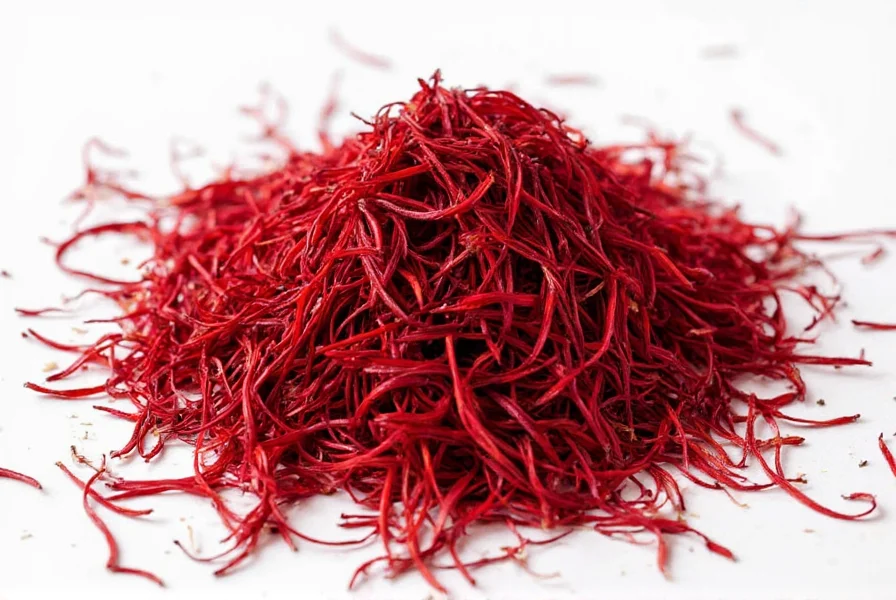
Saffron may come with a hefty price tag, but once you understand its value — both in flavor and tradition — it becomes more than just an ingredient. It's a culinary experience, a cultural touchstone, and a luxurious gift to yourself and others.
Whether you're spicing up a humble pot of rice or crafting a lavish holiday feast, remember: a little saffron goes a long way. Embrace its richness, respect its history, and above all — savor every drop of that golden magic.
So next time you open that tiny vial of red threads, pause and appreciate what you're holding. This isn't just a spice — it's centuries of craftsmanship, patience, and passion packed into a pinch.

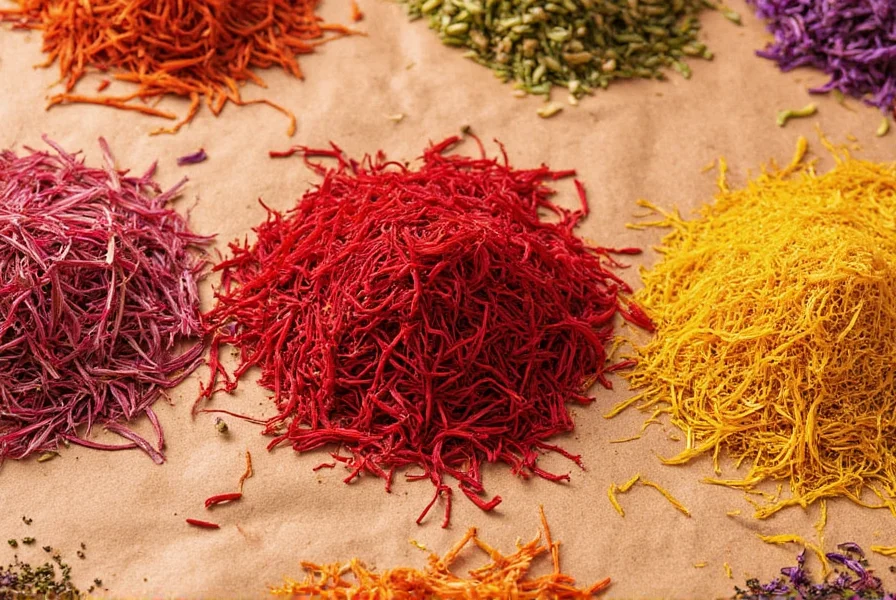









 浙公网安备
33010002000092号
浙公网安备
33010002000092号 浙B2-20120091-4
浙B2-20120091-4